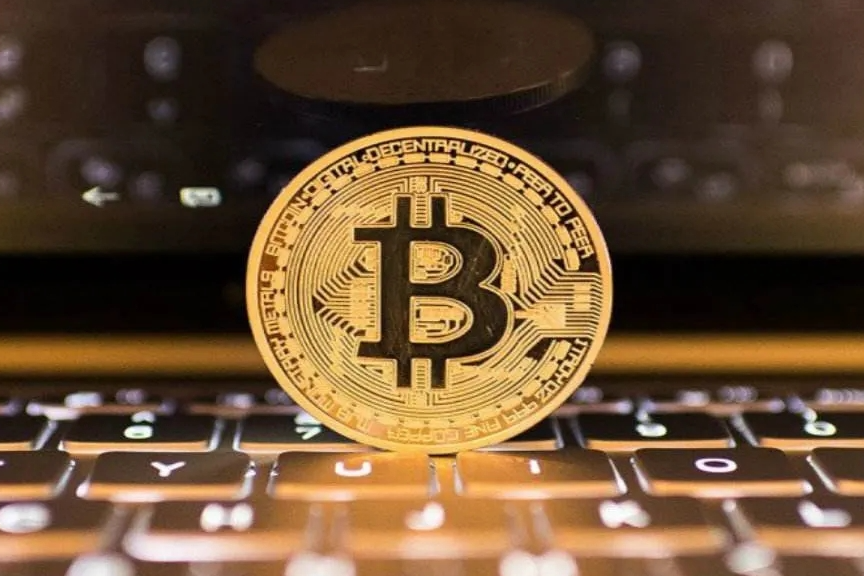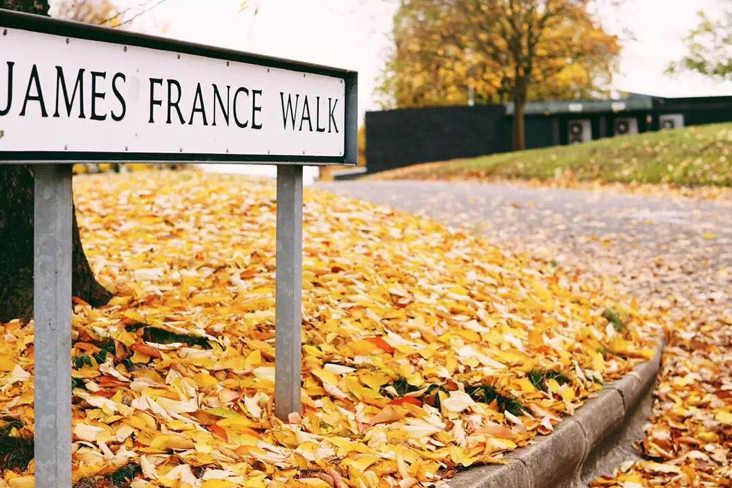Brothers, to keep it short, the Bitcoin short position at 93,000 set up on Wednesday has successfully entered the market. Last night it broke below 88,000, and the rebound to 88,000 has completed the position increase. If the first phase of the bearish trend at 111,500 was not followed, this wave is a perfect entry. For those who haven't entered yet, find your own reasons.
Today, please don't ask me if the pullback has ended. Since October, I have spent half a month continuously proving to everyone that this is a bear market. If you can't listen, then pay the price for your unwillingness to learn. After all, I'm just a guy who writes articles, not a big influencer, and I don't have insider information. I only believe in the actions the market provides, continuously adapting to its rhythm and putting in enough effort to understand the underlying logic behind its behavior.
Currently, Bitcoin has broken below 88,000. The support line from the top-bottom conversion at the end of last year, including the upward trend line extending from the lowest point of 15,500 in 2022, confirms that the bull market has undoubtedly ended. I don't want to spend more time discussing bulls and bears; I am now only concerned with how to navigate this round of bear market.
When talking about the bear market, it is important to mention the motivation behind this bear market. Understanding who is driving the bear market will help you grasp the rhythm of this round. A bear market is not just mindless shorting; if you can't grasp the rhythm, even shorting will lead to endless torment. Running too fast may lead to missing out, while running too slow will result in being tormented by the market.
In Wednesday's article, I mentioned that institutional AI models are currently controlling the selling rhythm in an orderly manner. Now, I will break down the rhythm into four steps.
- Strong rebound at key support levels
- No waterfall after breaking support levels
- Slow decline after breaking key support
- Accompanied by strong recovery at support levels, then starting a new round of decline
You can compare these four steps with the market to identify the issues.
First, the support level at 98,000 saw a strong rebound, then broke down without forming a waterfall, but rather a slow decline.
When it dropped to 93,000, the second key support, there was still a strong rebound, then broke down again without forming a waterfall, continuing to decline slowly.
When it dropped to 88,000, the third key support, there was still a strong rebound, then broke down, and the current decline is still slow without a waterfall.
Understanding these four steps, you will know why the hunters chose to start the second round of short positions at 93,000, as it completely follows the market's rhythm.
Returning to the current market, after breaking below 88,000 without a waterfall, it is in a slow decline process. The next key support is 83,000.
For those holding short positions, reduce your position at 83,500, and wait for the market to strongly recover to the 88,000-89,000 area to increase your short position. For those who are flat, the same applies; open a short position during the rebound back to the 88,000-89,000 phase.
The take-profit target follows the above rhythm: if it breaks below 83,000, continue to increase your position, keeping the total position controlled at 15%, and then take all profits at 75,000-74,000, marking the perfect end of the second phase of the bearish trend.

免责声明:本文章仅代表作者个人观点,不代表本平台的立场和观点。本文章仅供信息分享,不构成对任何人的任何投资建议。用户与作者之间的任何争议,与本平台无关。如网页中刊载的文章或图片涉及侵权,请提供相关的权利证明和身份证明发送邮件到support@aicoin.com,本平台相关工作人员将会进行核查。



